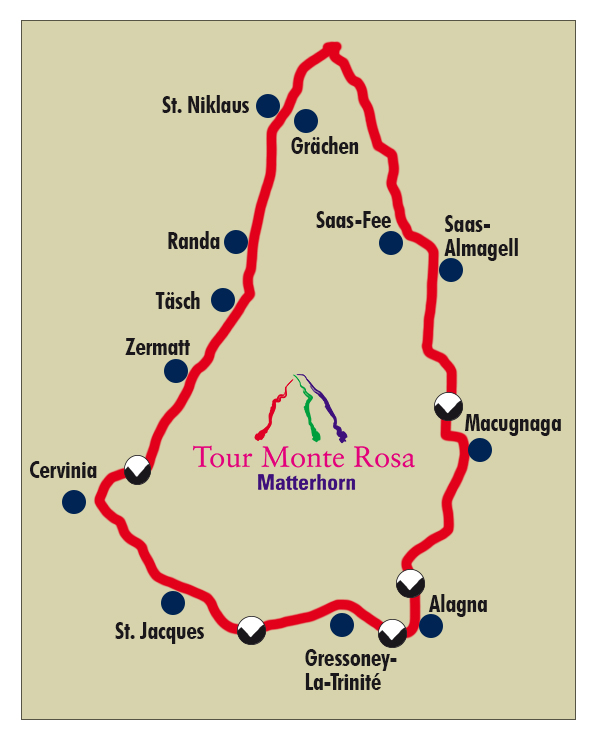Geology
The hike brings us inside The Apennines. They were formed during the tertiary ere when the oceanic plate went back up on the south edge of Europe where, in the end, the african continent went over it.
Thus, the plates experienced violent pressures and an augmentation of the temperature, which transformed them considerably. Later, the edge of the european continent separated itself in two, which consequence is the formation of layers that, today, have accumulated one over the others.
During the Tour, one mainly finds gneiss, mica schist, and limestone schist, green rocks and granite. These different layers are a real paradise for the climber, because the rock is very compact.
But time, water and erosion still corrode even the hardest rock. This is why we can also cross fields of fallen rocks.


